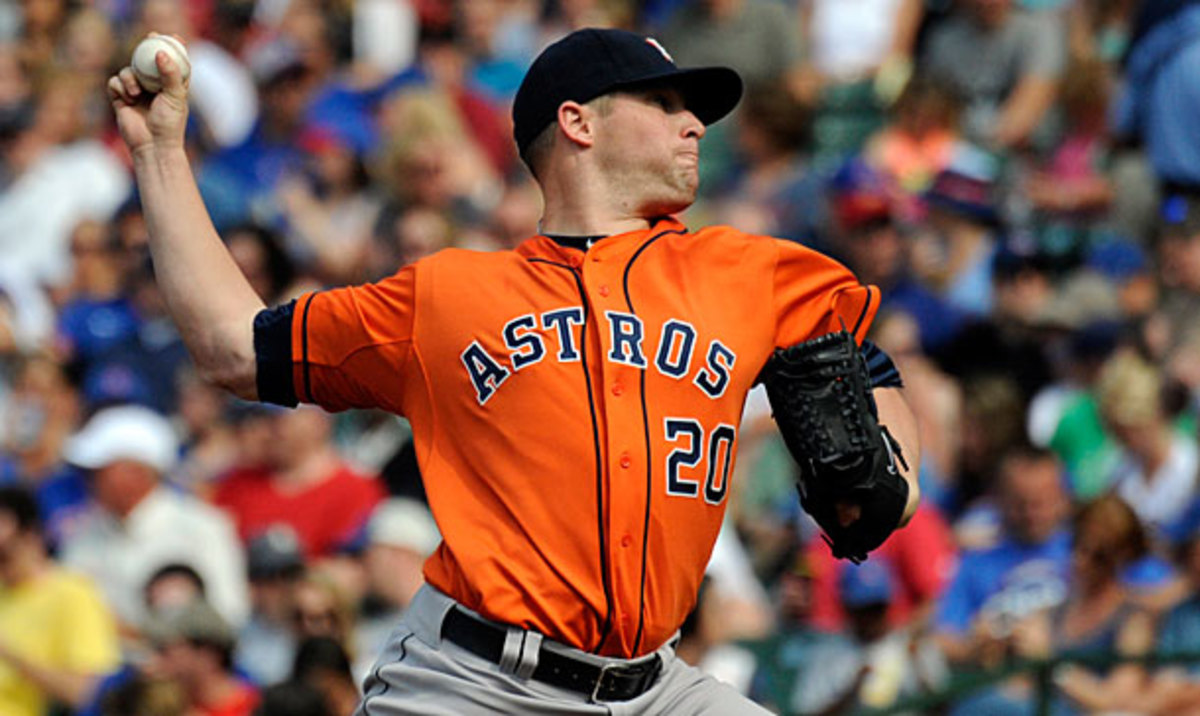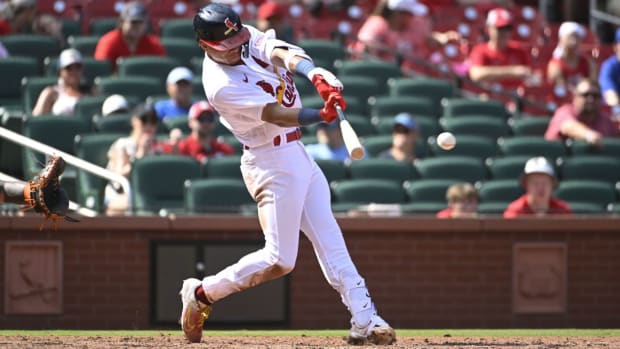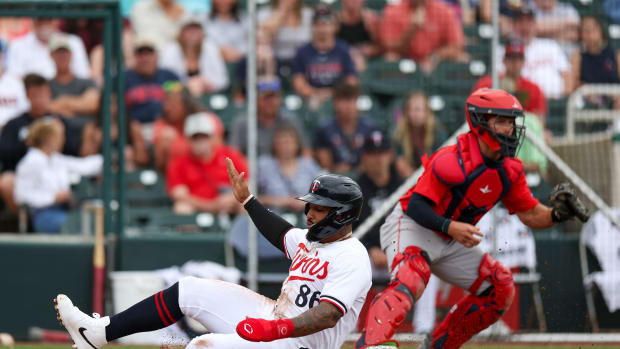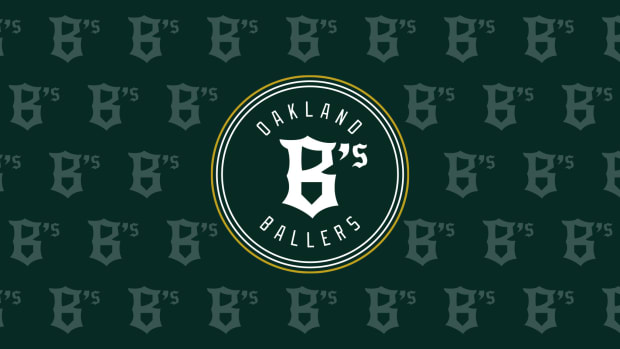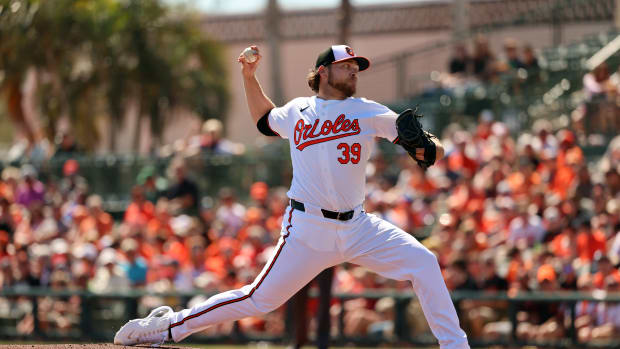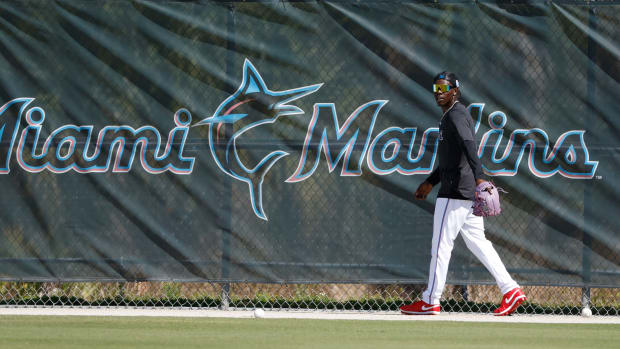Orioles assert staying power in trade with Astros for Norris
The Orioles don't need Bud Norris to be an ace like he had to be in Houston. (AP)
Upon re-introducing myself to Orioles general manager Dan Duquette at Camden Yards last September -- we had met only once previously, when I had traveled to Baltimore in May to document the club’s surprising early-season ascent to first place -- Duquette made a joke of it, saying something to the effect of “You weren’t sure if you’d be back.”
At this year’s trade deadline, such skepticism has long since departed, and the O's figure to be a force for years. They currently hold one of the two AL wild card spots, and their core players have repeated their 2012 performances, proving the team wasn't a mere one-year fluke owing to luck in one-run games.
Such a change is reflected in their acquisitions, too. Whereas last year Duquette tried to improve the pitching staff through waiver-wire trades for Joe Saunders and Randy Wolf and helped the lineup by promoting prospect Manny Machado, this year he has made three July trades, capped by the addition of Astros starter Bud Norris on Wednesday for two prospects and a draft pick. (He previously acquired starter Scott Feldman and catcher Steve Clevenger from the Cubs and reliever Francisco Rodriguez from the Brewers.)
Norris, who will be under Baltimore’s control for two more arbitration-eligible seasons through 2015, was having a fine season for Houston, going 6-9 with a 3.93 ERA in 21 starts, though his strikeout rate had plummeted from 8.8 K/9 to 6.4 (though at least his walk rate had also dipped, from 3.5 BB/9 to a career-best 3.1).
Before the year, Duquette probably expected to shore up his pitching staff internally, with top prospects Dylan Bundy and Kevin Gausman both candidates to step in at some point. Instead, Gausman has been ineffective in the big leagues so far (6.21 ERA in 33 1/3 innings), and Bundy was lost for the year to Tommy John surgery. Hence, the trade for Norris.
Given that Baltimore ranks 24th in the majors in starters’ ERA (4.64), any improvement would be welcome, especially with Jason Hammel going on the disabled list Wednesday. Wei-Yin Chen and Chris Tillman lead the staff, so Norris merely needs to be a contributor. His low K rate is worrisome, especially in such a hitter-friendly park as Camden Yards, but he survived in another hitters’ park in Houston despite putting the ball on the ground only 51 percent of the time, which ranked in the bottom quintile.
The cost of getting Norris from Houston was ample but not severe. The Orioles traded outfielder L.J. Hoes, lefthanded pitcher Josh Hader and a competitive balance draft pick in Round A. Several have written that Hoes projects as a fourth outfielder; Hader has a great strikeout rate but is only in A ball; and then there’s the draft pick, which will be at the end of the first round (Round A was pick Nos. 34-39 this year).






























